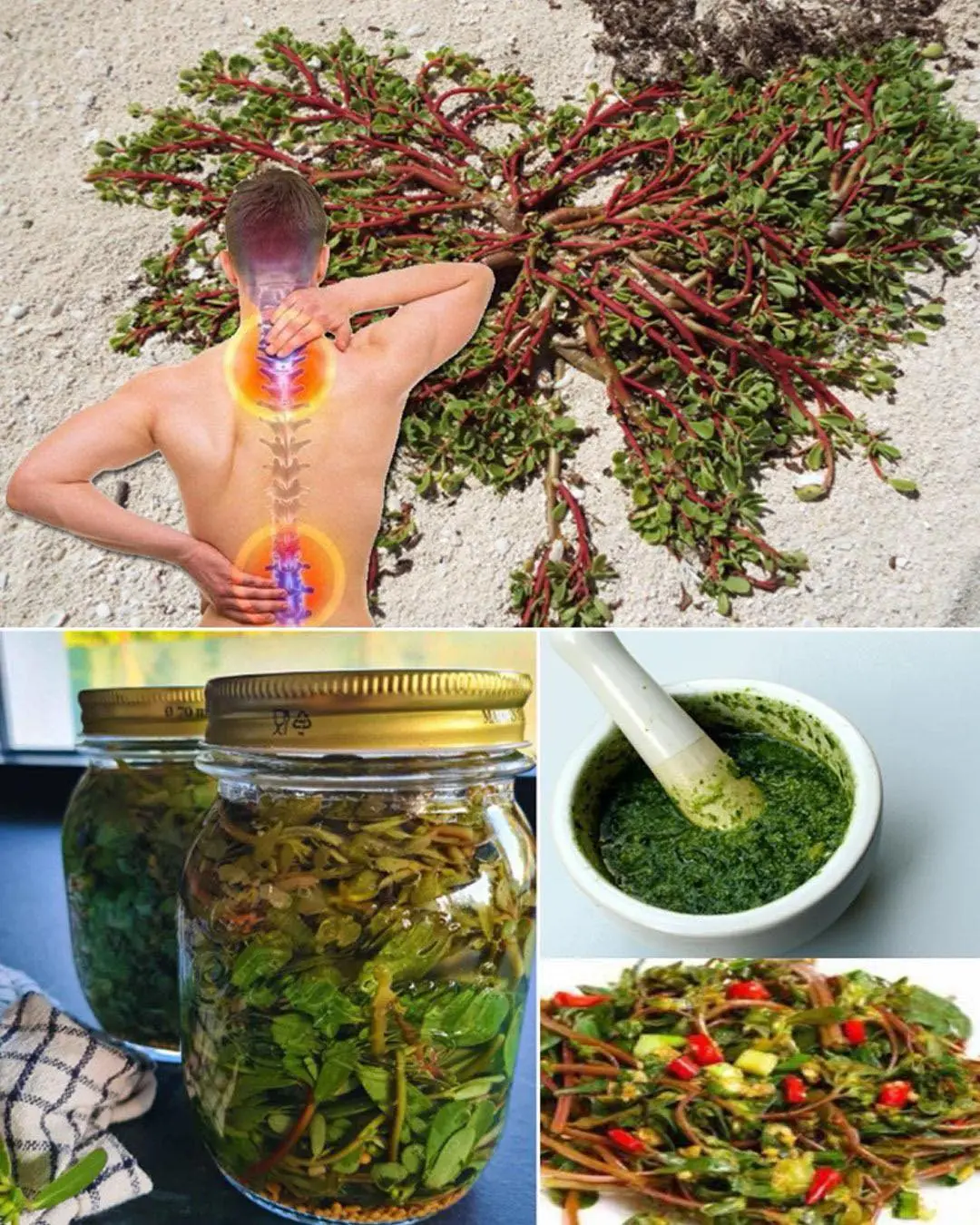
Papaya releases a milky sap, but most people don’t realize how important it is

Papaya Latex: The Hidden Secret of the Tropical Fruit
The papaya, a tropical fruit cherished for its sweet, musky taste and vibrant orange flesh, has a lesser-known secret hidden in its green parts and unripe fruits: a milky sap, or latex. This latex is not just a curious byproduct; it holds significant utility in both traditional and modern applications, providing benefits that are often overlooked.
What is Papaya Latex?
Papaya latex is a white, milky fluid that oozes from the fruit, leaves, and stems when they are cut or damaged. This sap is rich in several enzymes, with papain being the most prominent. Papain is a proteolytic enzyme, meaning it breaks down proteins into smaller peptides and amino acids. Its presence is so potent that the latex itself can cause irritation if it comes into contact with the skin or eyes.
Traditional Uses of Papaya Latex
In many cultures where papaya is native, the latex has been used for centuries for its medicinal properties. Its powerful enzymes and natural qualities have made it a popular remedy for various ailments:
-
Meat Tenderizing: The proteolytic enzymes in papaya latex make it an effective meat tenderizer. Rubbing the latex on tough meat breaks down the proteins, making it softer and easier to digest.
-
Wound Healing: Traditionally, papaya latex has been used to clean wounds and promote healing, thanks to its antibacterial properties and ability to remove dead tissue.
-
Digestive Aid: In some traditional practices, small amounts of latex are ingested to help relieve digestive issues such as bloating and constipation due to its enzymatic properties.
Modern Applications of Papaya Latex
The enzymatic power of papain has not gone unnoticed in modern science and industry. Today, papaya latex is harvested commercially for a variety of applications:
-
Pharmaceuticals: Papain is extracted to create digestive supplements and enzyme-based treatments that help with digestion and inflammation. It is especially useful for aiding digestion and reducing bloating.
-
Cosmetics: In the beauty industry, papain is used in exfoliating products to remove dead skin cells and rejuvenate the skin. Its natural ability to break down proteins makes it a gentle yet effective exfoliant.
-
Textile Industry: Papaya latex is used in the processing of wool and leather, helping to clean and soften these materials without harsh chemicals.
Environmental Impact
The extraction and commercial use of papaya latex also carry environmental implications. Sustainable harvesting methods are crucial to prevent overexploitation of papaya plants. Furthermore, by utilizing the latex, industries can reduce their reliance on synthetic chemicals, aligning with eco-friendly practices.
Conclusion
The milky sap of the papaya tree is a prime example of nature’s ingenuity—providing a substance that not only benefits the plant itself but offers numerous applications for humans. Whether used in traditional remedies or modern industry, the importance of this natural product is undeniable. As we continue to explore the potential of natural resources like papaya latex, it is crucial to approach them with sustainability and respect for the ecosystems they come from.
Papaya latex is an often-overlooked but powerful natural resource that serves many purposes, from digestive aid to industrial use. Embracing its benefits responsibly can contribute to both health and sustainability.
News in the same category


9 DIY Cucumber Trellis Ideas for Easy Harvesting and Maximized Garden Potential
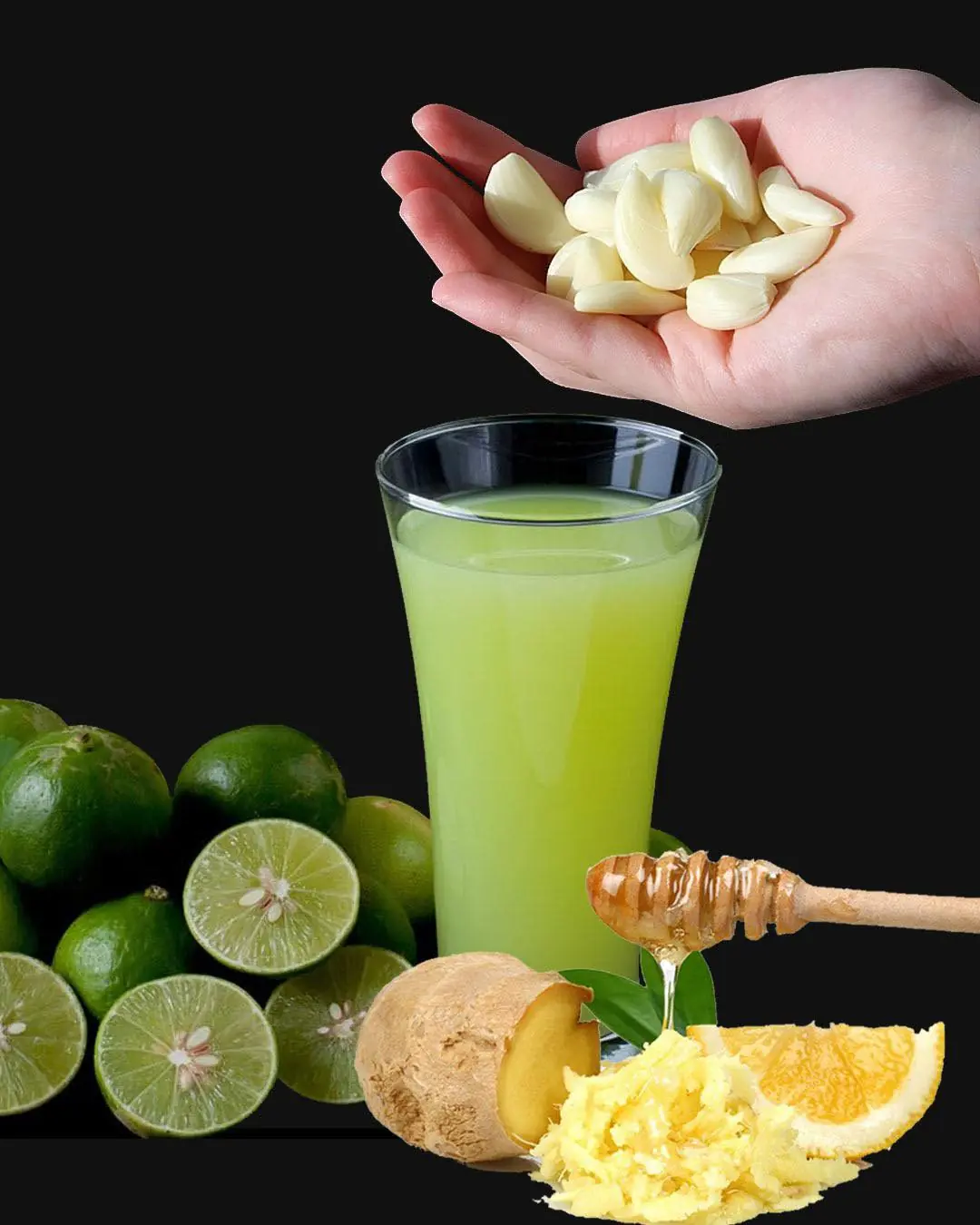
Honey, Lemon, Onion, Garlic & Ginger: The Daily Spoonful That Works Wonders

Garlic, Honey, and Cloves – a powerful natural remedy packed with health benefits

Discovering the Health Benefits of Lamb’s Quarters
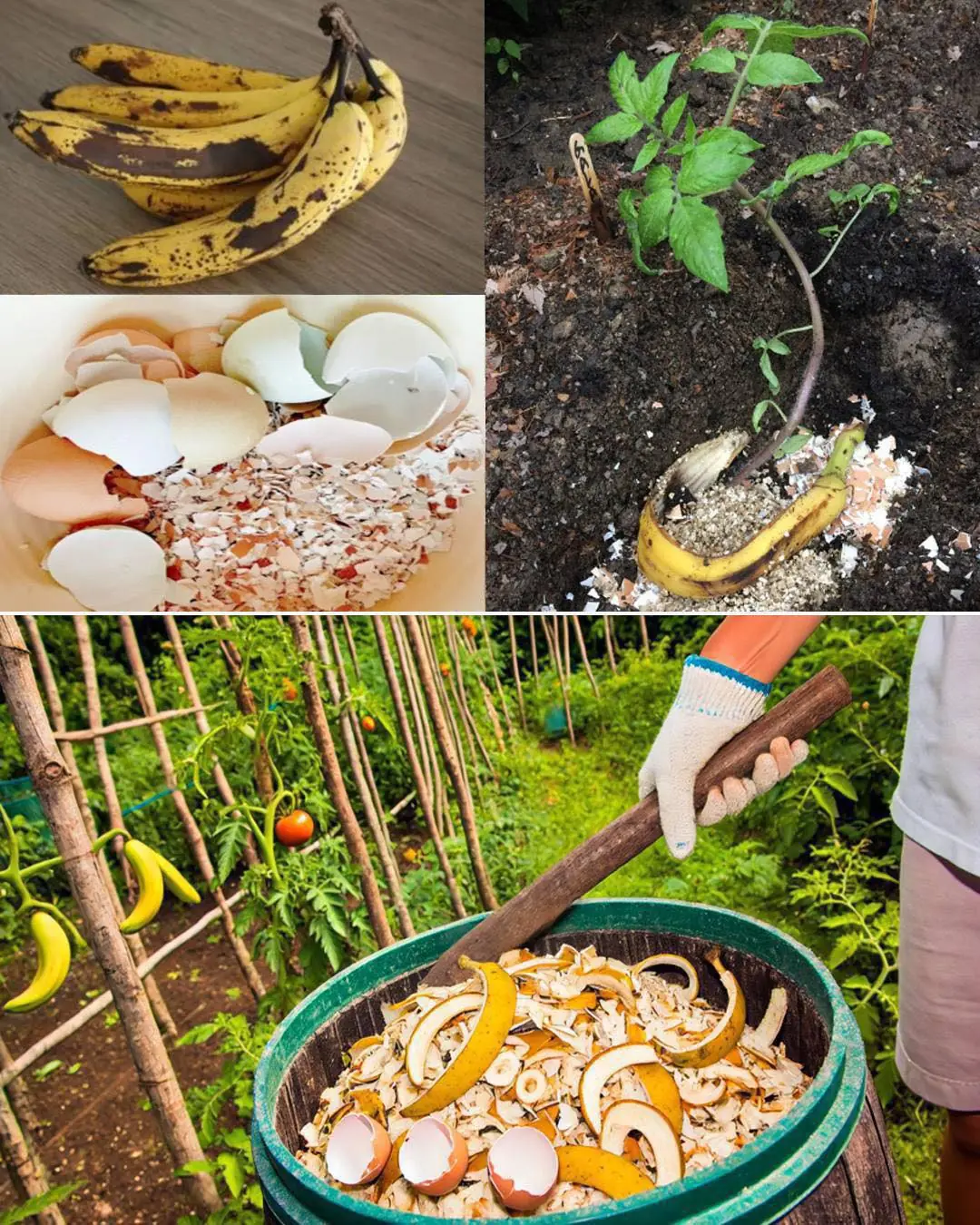
12 Homemade fertilizers for plants easy to find at home
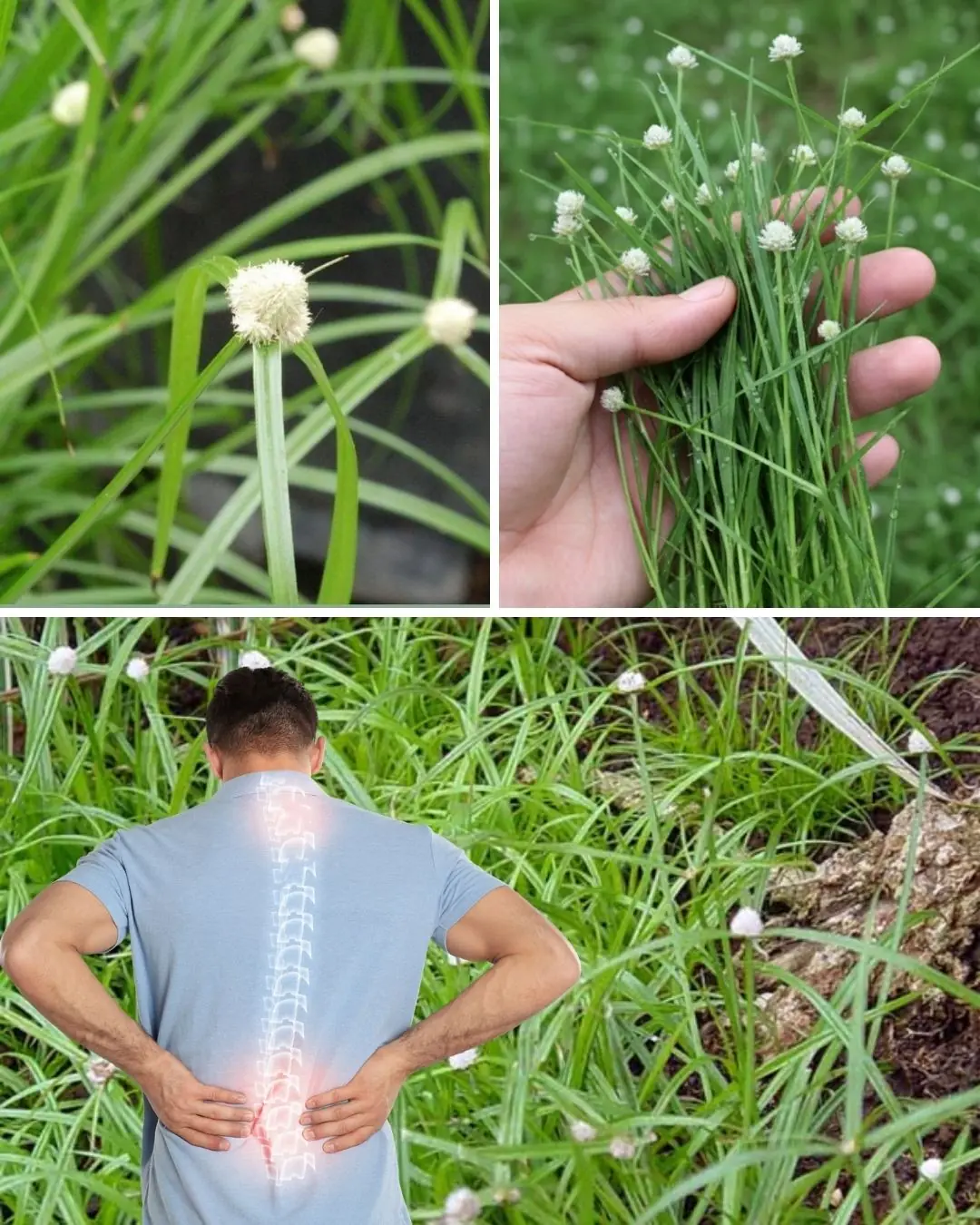
Cyperus Rotundus: The Ancient Herb with Modern Healing Power

Euphorbia Hirta: 9 key health benefits of this versatile plant
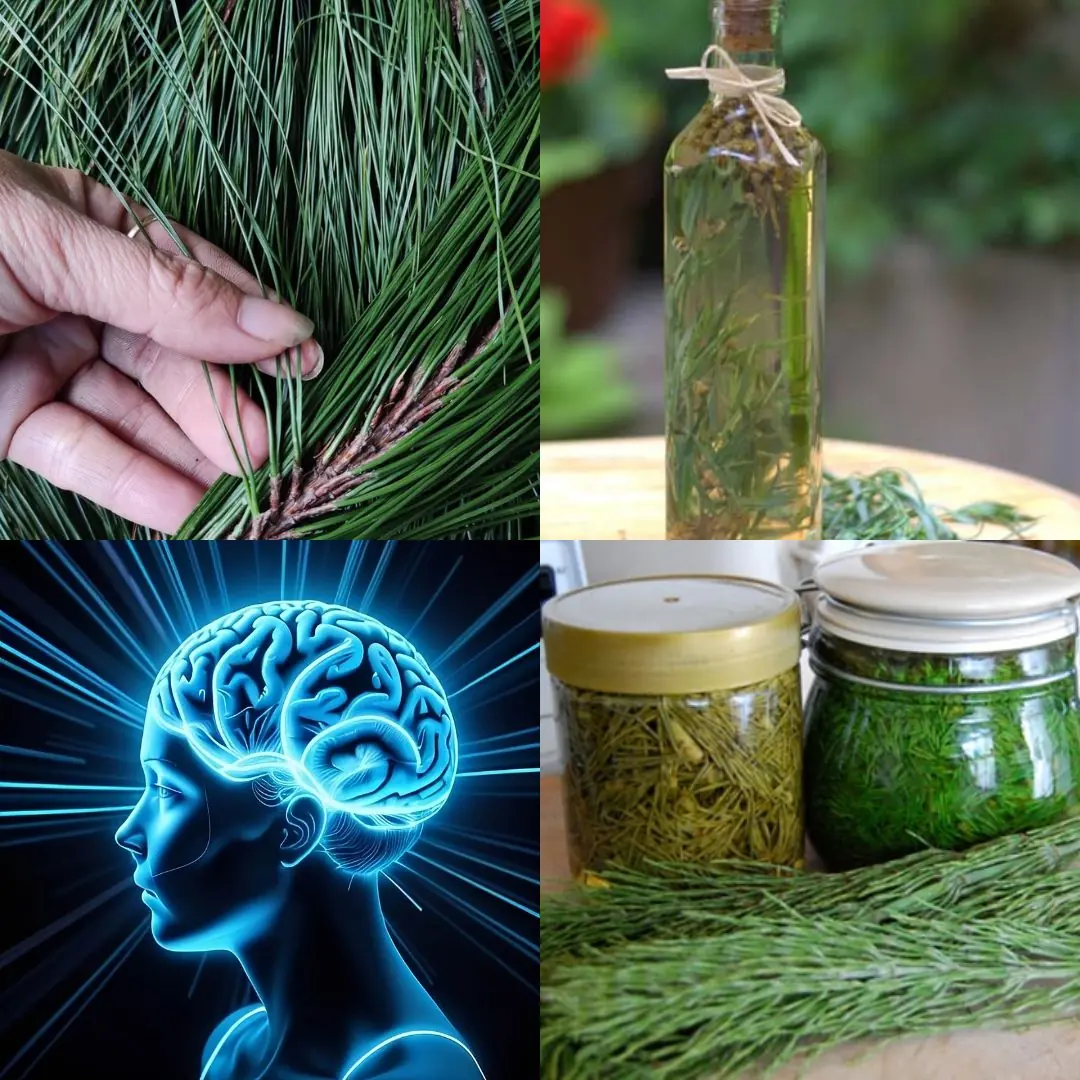
Pine Needle Sprite: A Refreshing Homemade Fermented Drink
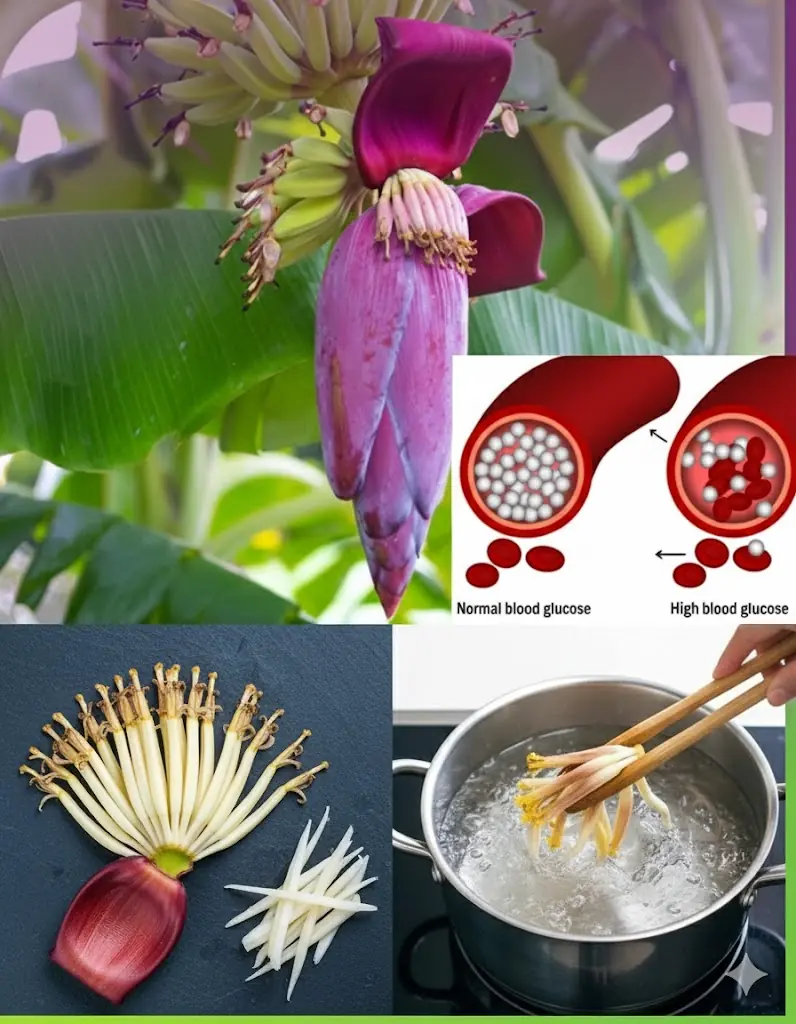
Banana Blossom: Health Benefits, Recipes, and Traditional Uses
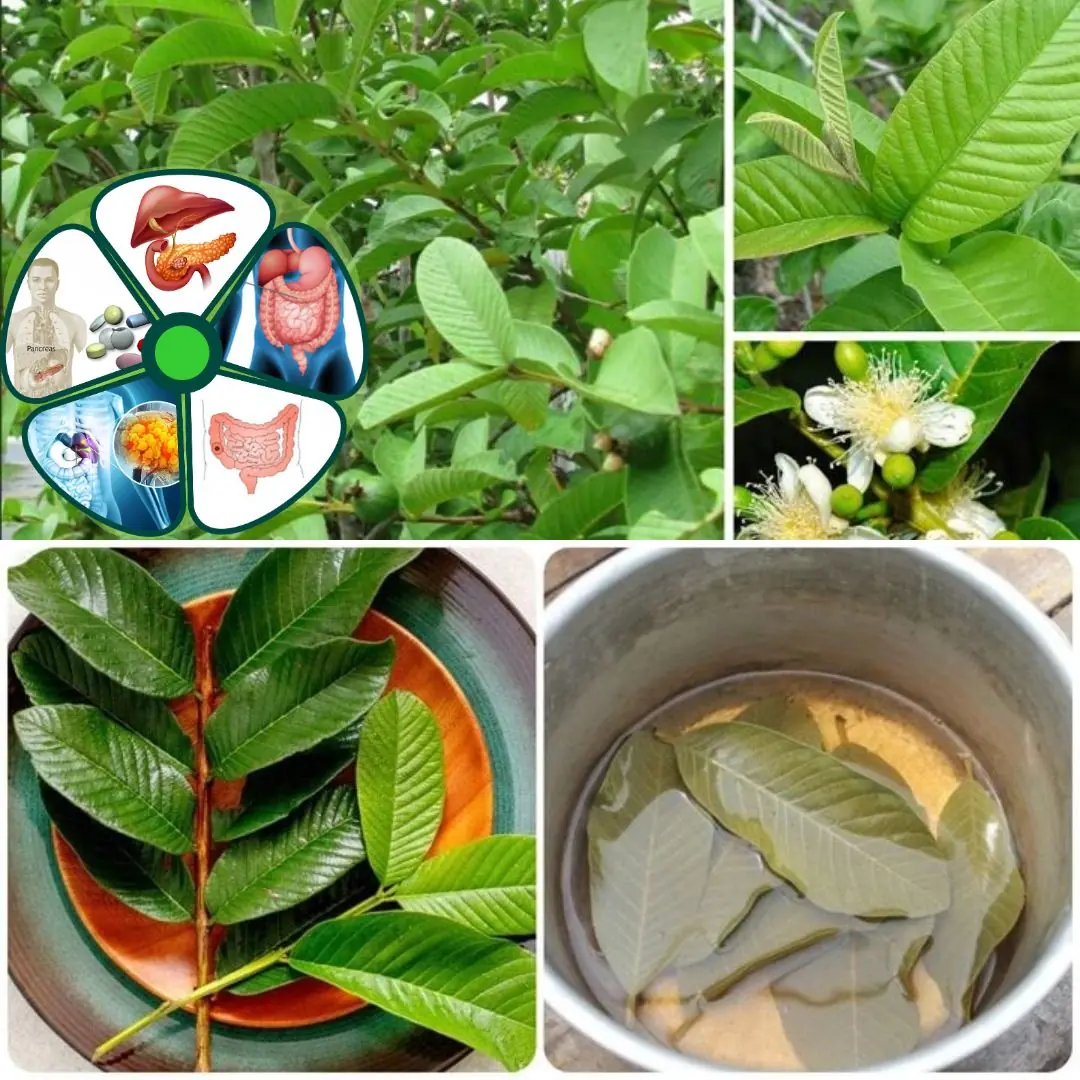
25 Incredible Benefits of Guava Leaves
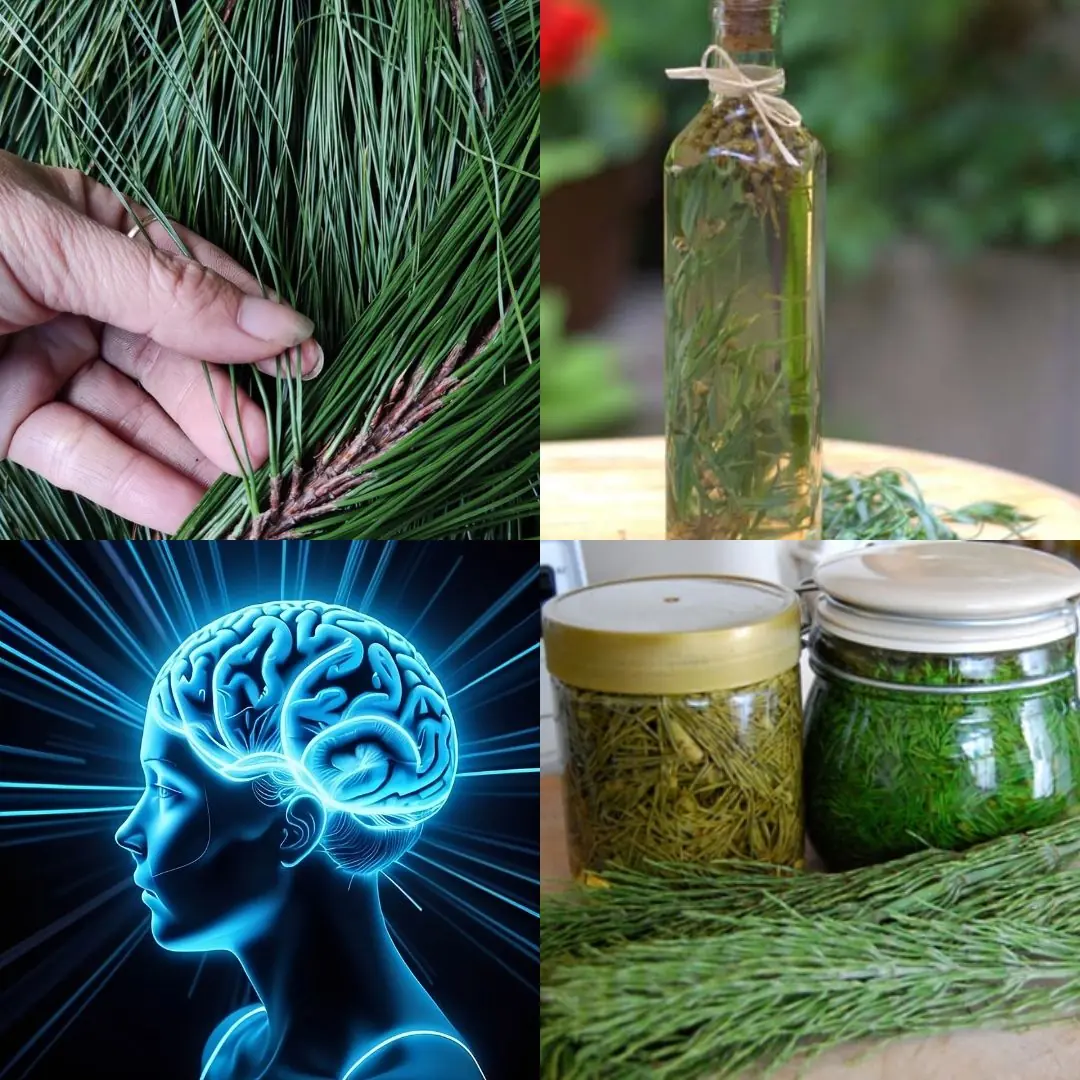
Most people underestimate the power of pine needle sprite (better than you think)
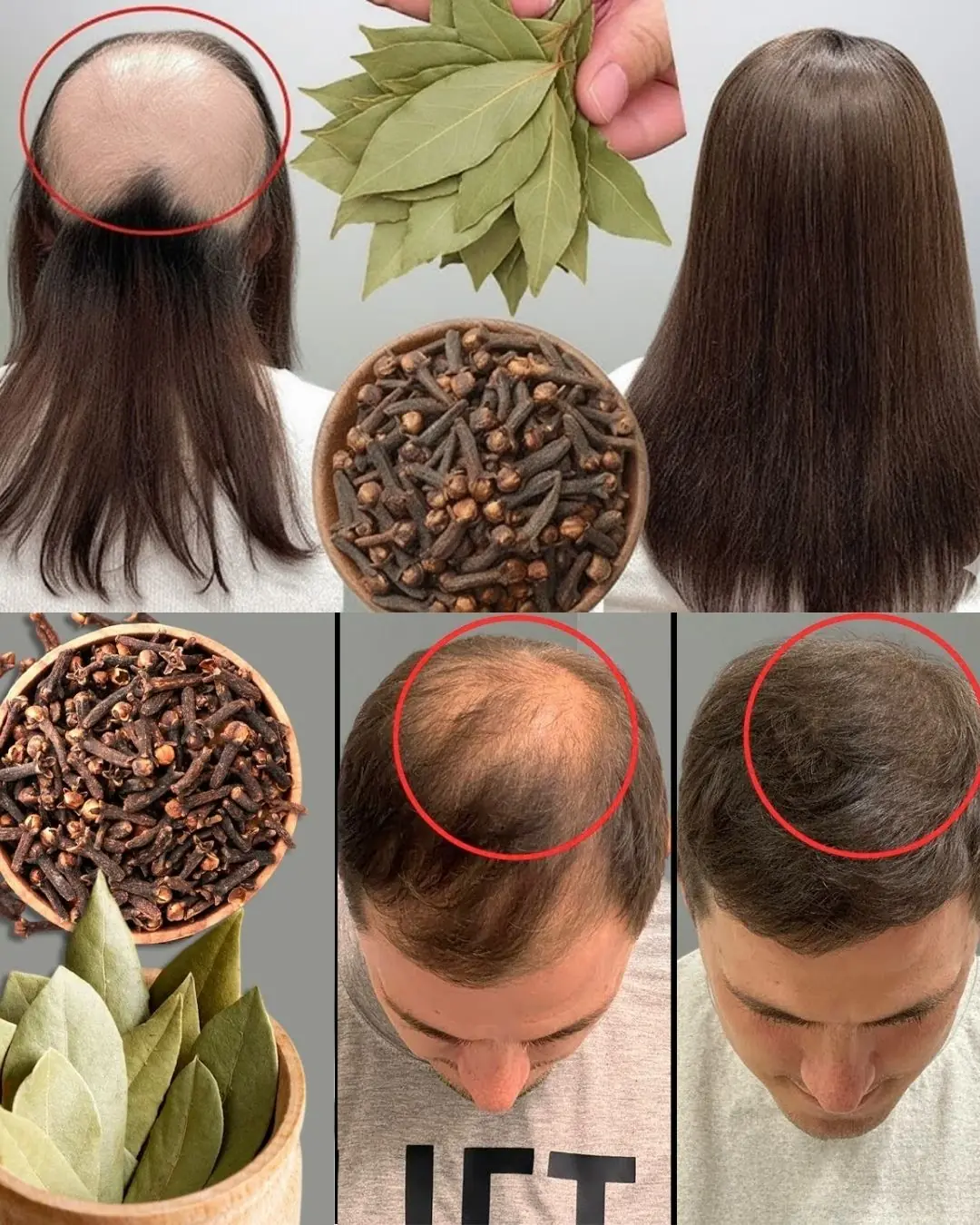
“This 2-Ingredient Hack May Trigger Hair Regrowth in Just 30 Days!”

Senna Alexandrina: 7 Benefits and uses

Coffee and Vaseline Face Mask: A Natural Remedy for Hydrated, Glowing Skin

Strawberries and Baking Soda: A Natural Teeth Whitening Remedy

The Ultimate Herbal Eye Care Remedy: Keep Your Vision Healthy with This Simple DIY Solution
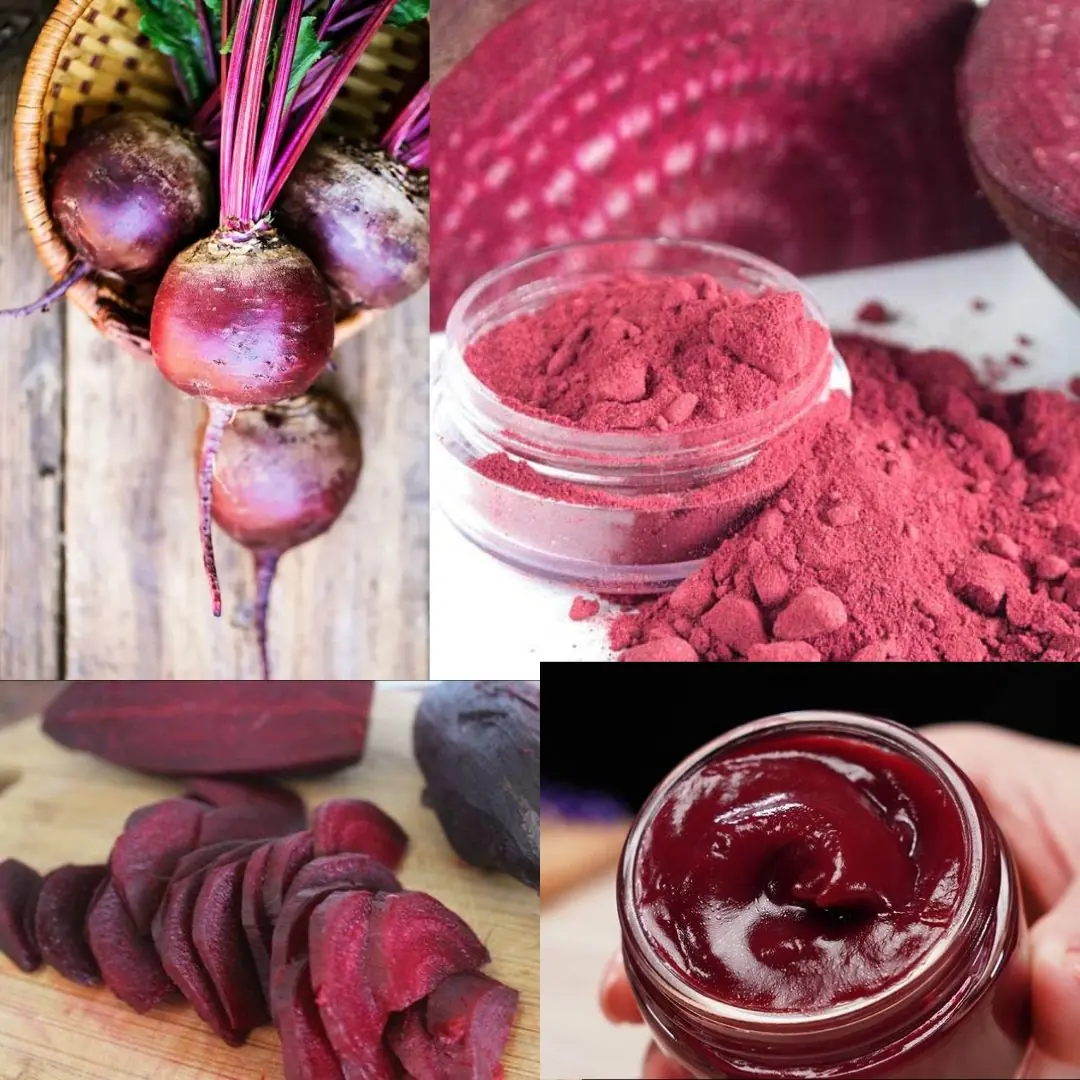
The Ultimate Guide to Beetroot: Benefits, Uses, and Creative Ways to Enjoy It
News Post

This Drink Destroys Your Bones From the Inside and Harms Every Organ on Its Way Out

Stop Ignoring These 8 Subtle Signs of Heart Trouble Before It’s Too Late
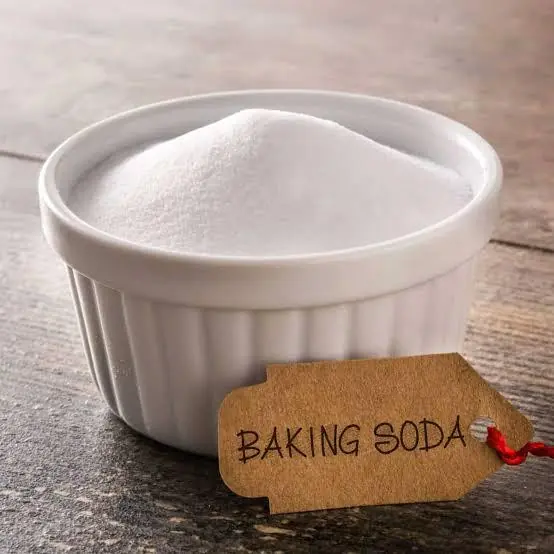
1 Teaspoon of Baking Soda Can Do This to Your Body!

Still Waking Up Tired? This Simple 3g Bedtime Mix Beats Melatonin for Deep Sleep

Purslane: The Superfood That Tastes Better Than Meat – 7 Reasons to Grow It in Your Garden

9 DIY Cucumber Trellis Ideas for Easy Harvesting and Maximized Garden Potential

Honey, Lemon, Onion, Garlic & Ginger: The Daily Spoonful That Works Wonders

Garlic, Honey, and Cloves – a powerful natural remedy packed with health benefits

Discovering the Health Benefits of Lamb’s Quarters
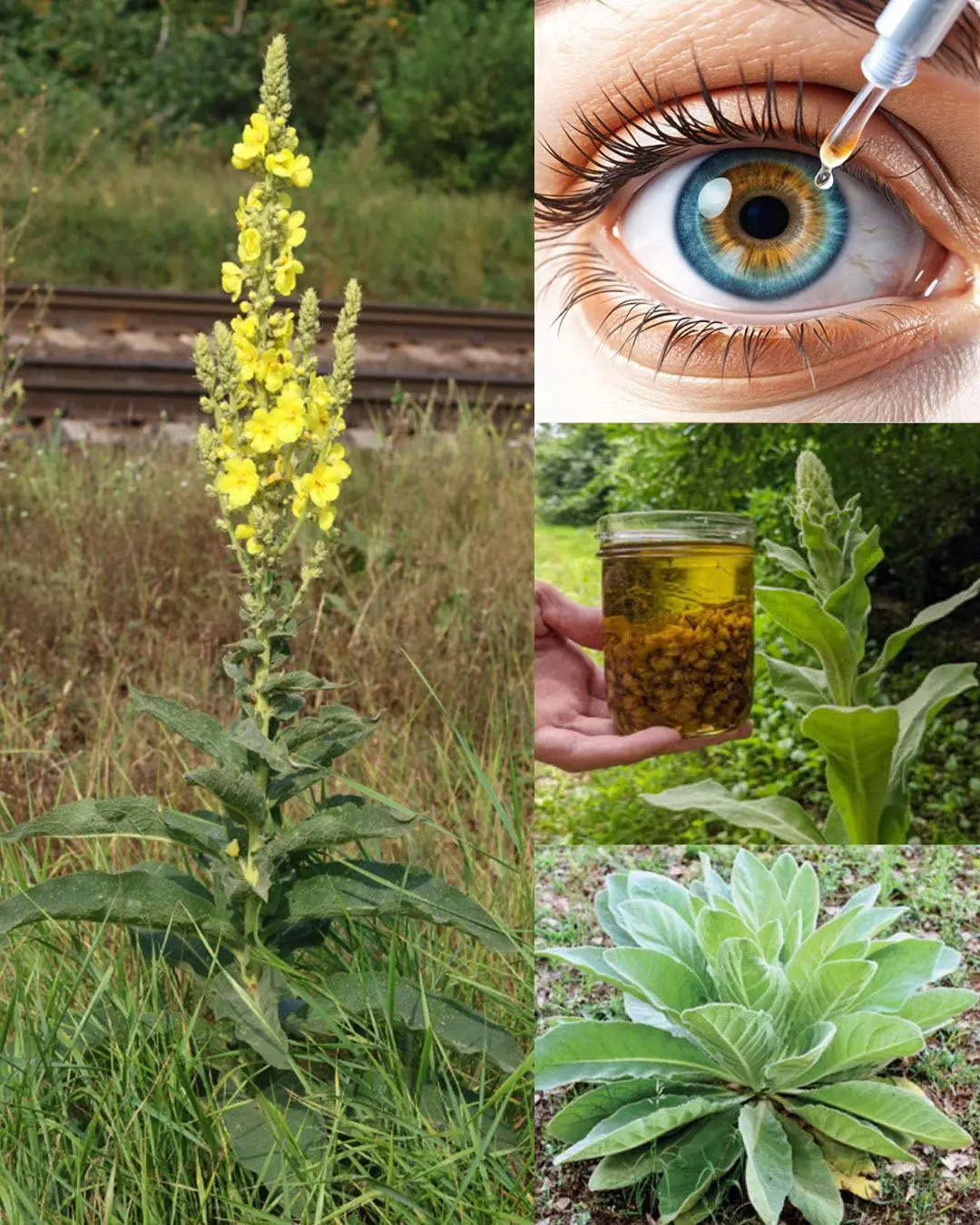
Common Mullein: Benefits and Uses of Nature’s Versatile Herb

12 Homemade fertilizers for plants easy to find at home

Is It Necessary to Unplug the Rice Cooker After the Rice Is Cooked?

Find All 7 Animals Hidden

6 Surprising Predictors of Divorce You Probably Overlooked

Cyperus Rotundus: The Ancient Herb with Modern Healing Power

Euphorbia Hirta: 9 key health benefits of this versatile plant

Here’s How to Starve Cancer to Death By Removing One Thing From Your Diet

This Super Tea Kills Parasites And Cleanses The Body of Toxins
